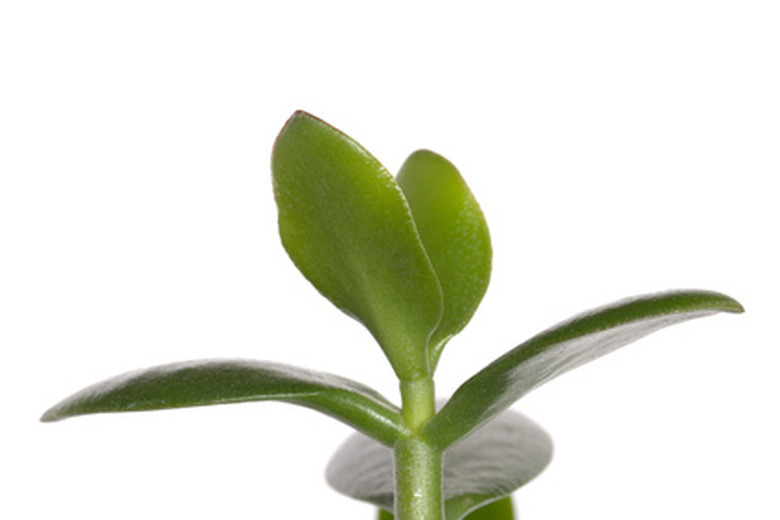Money Tree Problems
Money trees are hardy plants that require very little light or water and are generally easy to care for. However, they are susceptible to problems that afflict houseplants in general. Common problems with money trees begin with improper care and disappear when care improves, although pest infestations also occur.
Money Tree Care
Money Tree Care
In the wild, the money tree, also known as Pachira aquatica, grows into a full-sized tree. Money trees are native to tropical and subtropical regions in North and South America and can tolerate a wide range of conditions, from flooding to drought. Given this, money trees require very little special care. They prefer well-drained soil, medium light and do not require frequent watering.
Losing Leaves
Losing Leaves
Leaves falling off of a money tree generally indicate that the plant is being improperly watered. The color of the leaves tells you if you need to increase or decrease the amount of water you are giving your plant. If the leaves are turning yellow and dropping off, you are giving too little water. Although money trees tolerate a wide range of conditions, they are tropical plants and receive regular rainfall in their natural environment. If green leaves are falling off of the plant, you are overwatering and can cut back.
Lack of Leaf Growth
Lack of Leaf Growth
If you would like to encourage the growth of more or larger leaves, prune the largest leaves. New leaves will grow back in their place. This is especially recommended for plants with too few leaves.
Scale Insects
Scale Insects
Money trees are not susceptible to many pests, but scale insects afflict even the most resistant plants and can be hard to treat. Scale insects appear as mounded dots with hard shells and may be found on all parts of the plant. Because they produce a sticky substance called honeydew, the first sign of scales is often leaves that feel sticky to the touch. Scales drain sap from the plant and their honeydew leaves the plant more susceptible to fungal infections. Insecticides may control scale infestations.
Mealybugs
Mealybugs
Mealybugs are related to scale insects and also affect money trees. Unlike scale insects, mealybugs are soft-bodied and have long legs and antennae. They harm the plant in similar ways, by draining the sap and coating the plant with honeydew that encourages fungus growth. Yellow, sticky leaves may be the first sign of infestation. Mealybugs on houseplants can be treated with insecticides. Dr. Lindquist of Ohio State University recommends not using the same treatment three times in a row, as bugs may become resistant. As with scale insects, affected plants should be quarantined.
